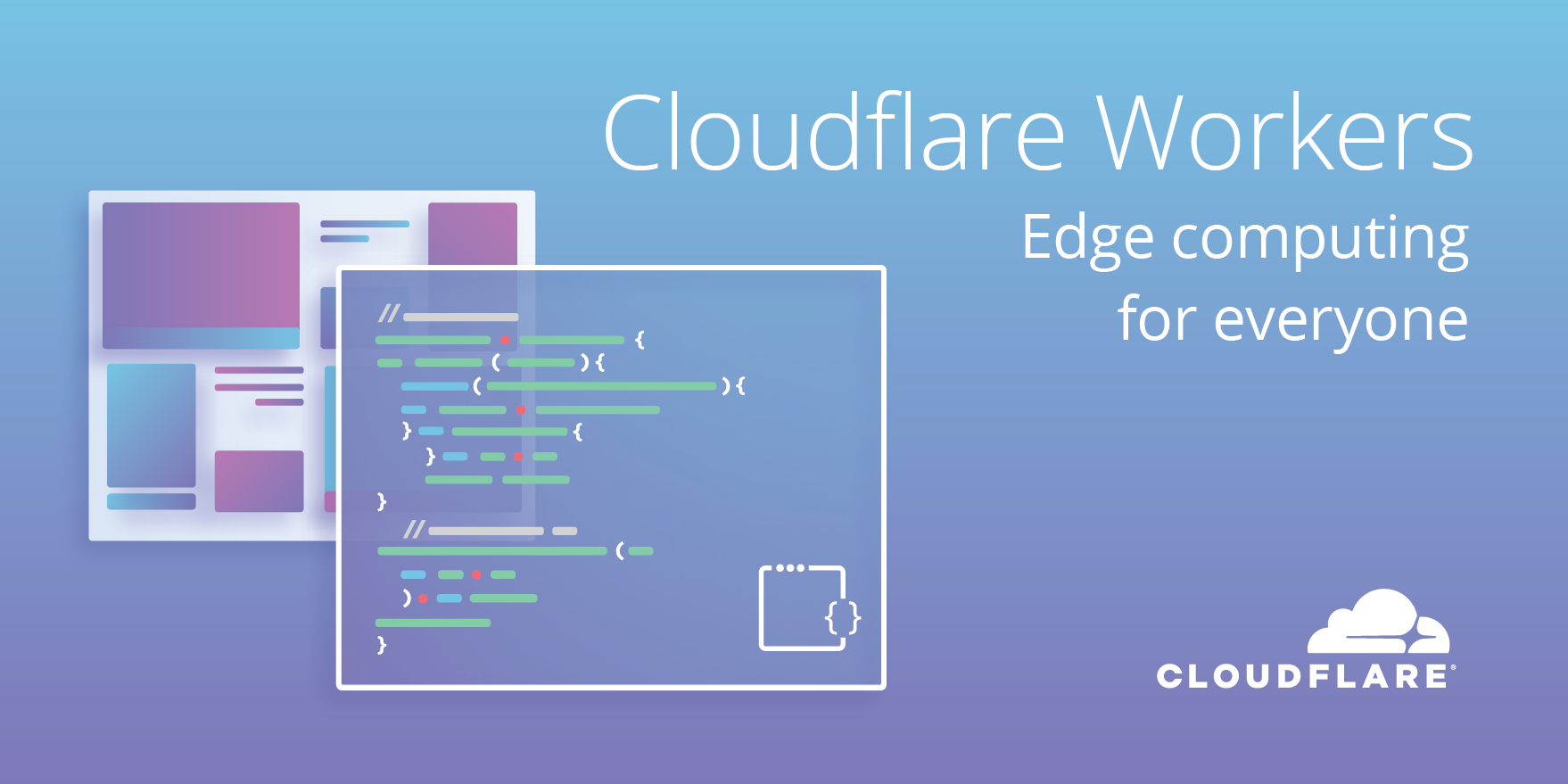IDG Contributor Network: The state of the network is murky
Hybrid IT networking has come a long way in the past decade, as enterprises have gradually come to embrace and trust cloud computing. Yet, despite the growing popularity of both private and public clouds, many enterprise IT teams are still struggling with how to handle the resulting migration challenges.Originally envisioned as simply a way to reduce costs, migration to the cloud has escalated in large part due to a drive for greater agility and flexibility. In fact, according to a recent State of the Network global survey of more than 600 IT professionals, the top two reasons enterprises are moving to the cloud are to increase IT scalability and agility, and to improve service availability and reliability. The need to lower costs was ranked number four, tied with the desire to deliver new services faster.To read this article in full, please click here
 This eBrief from SDxCentral takes a look at some of the security issues facing serverless and containers and delves into some of the tools and methodologies available to overcome these challenges.
This eBrief from SDxCentral takes a look at some of the security issues facing serverless and containers and delves into some of the tools and methodologies available to overcome these challenges.

 Michael Wood took another emerging technology vendor, VeloCloud, to the top of the SD-WAN market. Apstra wants him to do the same for its company and intent-based networking.
Michael Wood took another emerging technology vendor, VeloCloud, to the top of the SD-WAN market. Apstra wants him to do the same for its company and intent-based networking. Hybrid cloud computing for high performance computing is quickly becoming commonplace, but there are certain challenges that CIOs must overcome in order to reap all the benefits.
Hybrid cloud computing for high performance computing is quickly becoming commonplace, but there are certain challenges that CIOs must overcome in order to reap all the benefits.